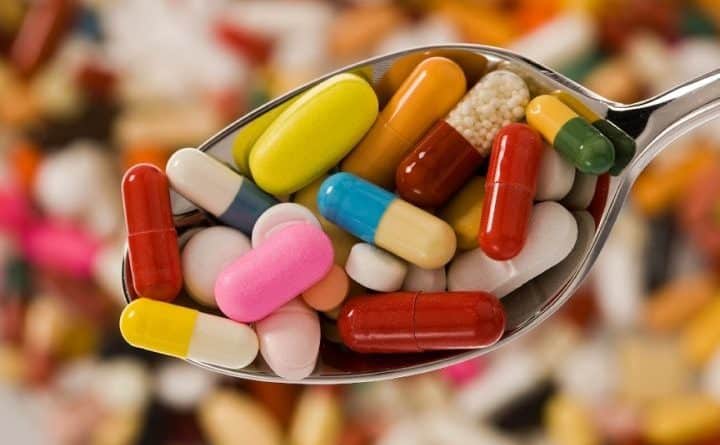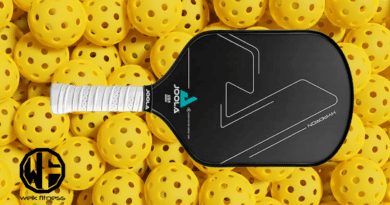Painkillers: Are They Being Abused by Young Athletes?
For the last 20+ years, drug use in the United States has been climbing. Unfortunately, this includes teenage drug abuse. Somewhere along the way, some kids seem to get lost and go down the wrong path. It could be due to their parents being drug addicts, or simply hanging around with the wrong groups in school. We all know “that group” when we were growing up that chose to lead lives that had them regressing rather than growing as a young individual. Many kids find athletics as a way to be active, hang out with their friends, and engage in healthy competition. But with injuries and the use of prescription drugs or painkillers to dull the pain, could teenagers get hooked?
Related Article: Teenage Supplement Abuse

Keeping kids clean and off painkillers
Researchers are now saying that athletics could be the saving grace when it comes to helping kids from going down the wrong path and making poor life choices that could ultimately lead to their unfortunate early grave. While some kids are out kicking the soccer ball or throwing the football, others are already learning how to inject themselves with drugs or become addicted to painkillers, opioids, heroin, and other narcotics. Due to the consequences of drug use and abuse, young athletes seem to steer clear of these illegal substances which is a good thing. However, due to injuries in athletics and doctors prescribing painkillers and opioids, the chance of these kids becoming hooked and addicted is a real concern.
How was the study conducted?
A study was published where between 1997 and 2014, researchers took 191,682 kids and split them into 18 groups. The groups were made up of 8th and 10th graders and were asked about their exercise and athletic participation over the last several years. They were then asked if they have ever used drugs such as heroin or painkillers (several varieties such as opioids, morphine, Vicodin, Percocet, OxyContin, etc.) without their doctor prescribing it to them.
The results
What the researchers found was that overall around 7% of the kids answered that they had never used painkillers without a prescription but 2% mentioned they have tried heroin in the past. These percentages were from two separate time periods within the groups. 1997 through 1999 the researchers found that 10% of the kids said they had used/abused painkillers and 2.3% said they used heroin. Between 2012 and 2014 only 5% mentioned they used/abused painkillers while 1% mentioned they used heroin.
Due to the participants of the study really being in two groups overall—active in athletics and not active in athletics—researchers wanted to see if the risk factors change between the respective groups. Around 50% of the kids reported they were active in athletics just about every day of the week. 39% mentioned they were active in sports but only around once a week. The researchers then found that only around 8% of the kids who participated in the study weren’t active in athletics at all.
Participating in athletics vs. Not participating in athletics
So how did the above groups breakdown by athletics/non-athletics? The findings actually showed that kids who were not active in athletes showed a higher rate of usage and abuse when compared to those who engaged in sports. 11% of the youths who did not engage in athletics were found to use painkillers of some sort without a prescription from their doctor. Those who played a sport once a week were at 8%, and 7% of the kids who are active in athletics everyday mentioned they used painkillers.
Click here to continue reading…


*Disclosure: This article may contain affiliate links or ads, which means we earn a small commission at no extra cost to you if you make a purchase through these links. These commissions help support the operation and maintenance of our website, allowing us to continue producing free valuable content. Your support is genuinely appreciated, whether you choose to use our links or not. Thank you for being a part of our community and enjoying our content.
PLEASE CONSIDER SHARING THIS ON YOUR SOCIAL MEDIA TO HELP OTHERS LEARN MORE ABOUT THIS TOPIC.





